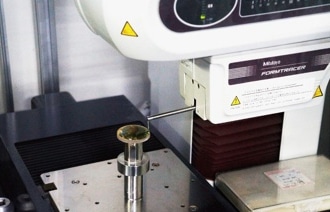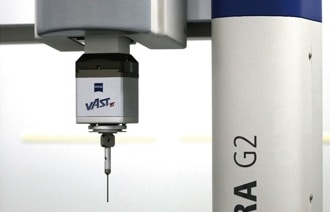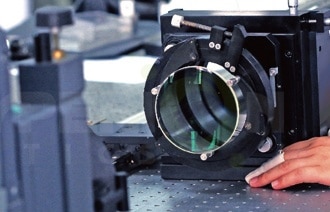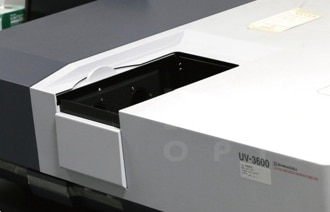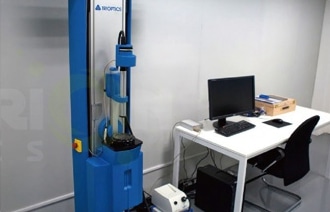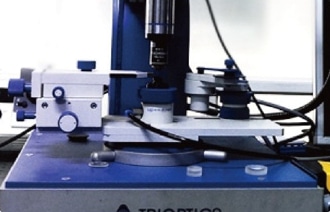100% Inspection = Guaranteed satisfaction
Every product will be accompanied by a detailed inspection report signed off and approved by our QA Managers. Inspection reports include standard information such as ZYGO interferometry, actual coating curves, and dimension measurements. Each print specification is tested 100% before shipping to ensure that the product you receive meets or exceeds your expectations. Interested to see what’s included in our standard QA Report?
In-House Metrology
SUPERIOR® Optics provides a comprehensive range of metrology capabilities as part of the standard QA process. On request, customized testing can be performed, including material index testing, dispersion tests, thermal tests, and other application based testing. Our QA engineers can create a customized inspection plan to meet your specific application needs.
1. ZYGO Verifire Interferometer
The latest ZYGO Verifire Interferometry System offers an enhanced accuracy in optical surface measurements.
- Mx™ metrology software with measurement accuracy of 1/20waves
- Dynamic, contactless measurements of surface flatness
- QPSI™ Vibration-Tolerant Interferometry
- SmartAveraging® Technology
2. Nicolet iS 20 FTIR Spectrometer
The Thermo Scientific™ Spectrometer offers unparalleled analytical accuracy for FTIR spectroscopy, enabling us to verify the materials can meet your application needs before production begins.
- Accurately detect transmission, reflection/ absorption at high spectral resolution (0.25 cm-1) and single-to-noise ratios (50,000:1)
- Consistent spectral data
- OMNIC Specta software, including a library of >9,000 chemical spectra
3. Mitutoyo Profiler Roundtracer
- Aspheric contour/ profile measurement
- SAG value and tolerance verification
- Fit distance & Angle
- Optical axis inclination
4. Zeiss® CMM Coordinate Measuring Station
- Precise Coordinates measurements
- High-speed scanning with outstanding accuracy and precision
- True position
- Circularity/ Cylindricity
5. Trioptics ImageMaster® HR MTF Station
- Capability to test NUV/VIS/NIR spectrum
- Ultra-wide field angle of ± 110°
- Max. image height of ±23 mm
- Collimator range:50mm~500mm
- EFL range of the sample: 1mm~150mm
- Spatial frequency: 500 lp/mm, 1,000 lp/mm
- Accuracy(MTF on-axis and off-axis) ±0.02 MTF
6. Trioptics Centering Station
- Generate optimal centration to each lens build
- Precise wedge measurement
- EFL measurement +/-0.5%
6. Mechanical Measurement
SUPERIOR® Optics employs a range of mechanical inspection tools such as dial gauge, vernier calipers, micrometer to accurately verify dimensional measurements of our optics. We can test dimensions between 0-300mm to an accuracy of +/-3μm. All the devices are calibrated in accordance with ISO: 9001:2015 and Chinese GB standard.
SUPERIOR® Optics’s QA engineering team goes above and beyond to proactively calculate every lens focal length to verify the product before shipment during final QA process. Each lens’ focal length will be recorded on the inspection report.
Please reach out if you have further questions about our metrology capabilities or want to customize a QA process based on your application, our engineers would be happy to help.

